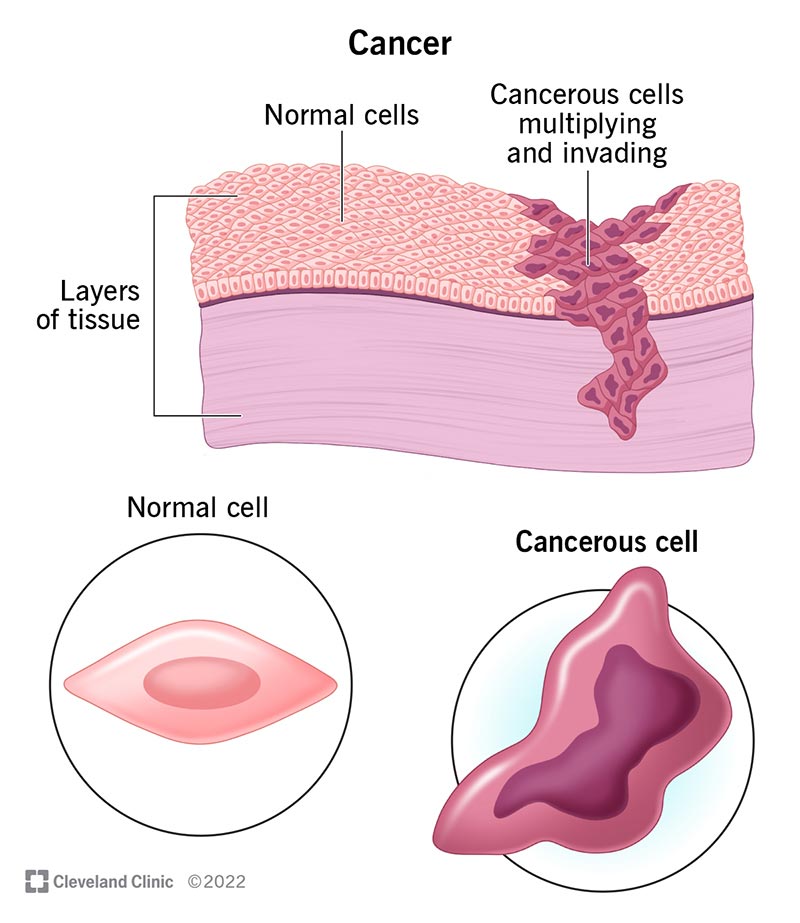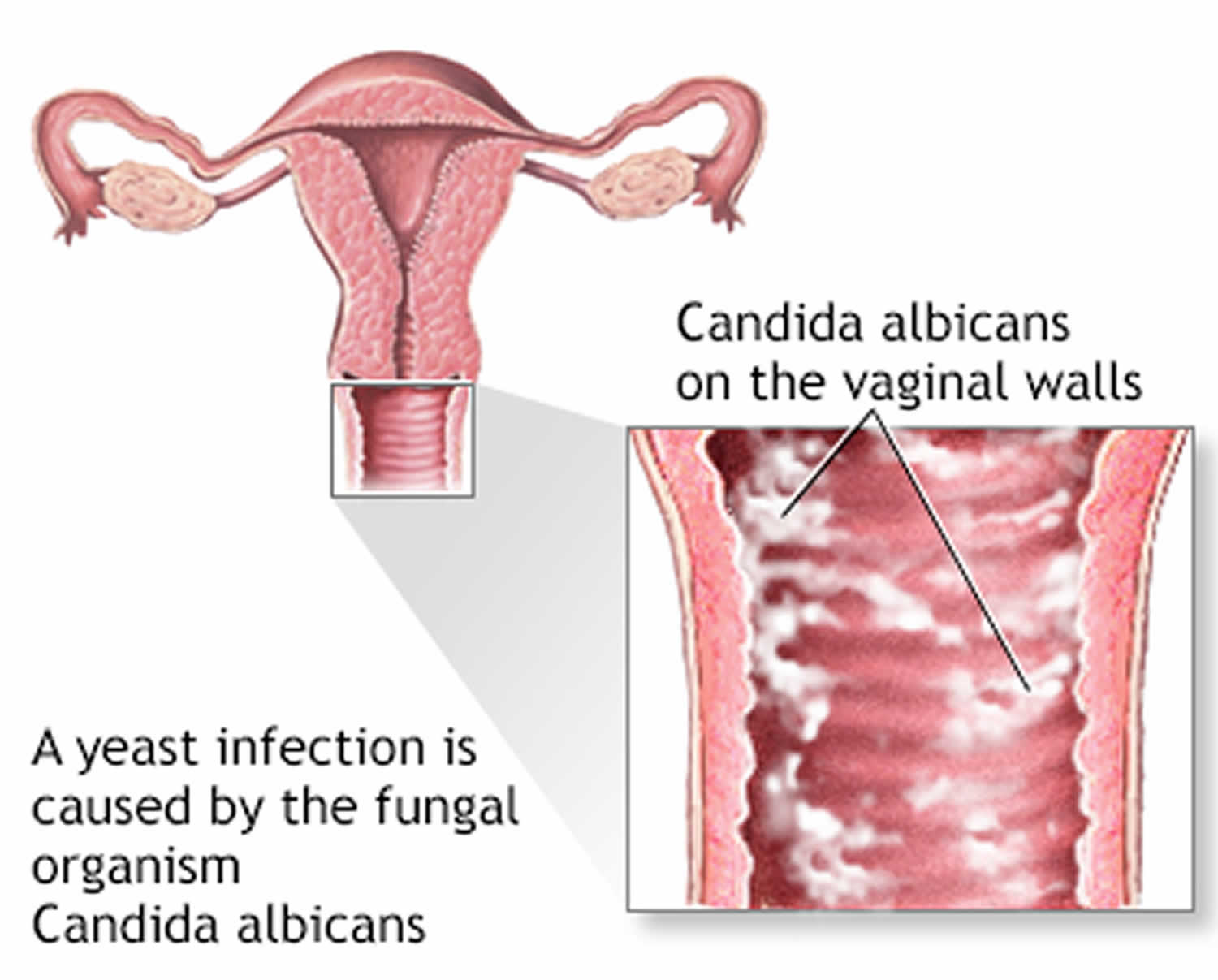Nursing Paper Example on Chlamydia: Causes, Symptoms, Diagnosis, Treatment, and Public Health Implications
Causes
Chlamydia is primarily transmitted through sexual contact with an infected individual, including vaginal, anal, or oral sex. The bacterium Chlamydia trachomatis infects the mucous membranes of the genital tract, urethra, rectum, throat, and eyes, leading to various complications if left untreated.
The transmission of chlamydia occurs when infected bodily fluids, such as vaginal secretions or semen, come into contact with mucous membranes or breaks in the skin of a susceptible individual. This can occur during penetrative sexual activities or through non-penetrative sexual practices that involve genital contact.
Additionally, chlamydia can be transmitted from an infected mother to her newborn during childbirth, leading to neonatal conjunctivitis and pneumonia. Inadequate prenatal care, lack of screening during pregnancy, and untreated maternal chlamydial infections contribute to the vertical transmission of the bacterium to the infant.
Several factors increase the risk of chlamydial transmission and acquisition. These include engaging in unprotected sexual activities with multiple partners, having a history of previous STIs, being sexually active at a young age, and engaging in high-risk sexual behaviors such as inconsistent condom use or substance abuse during sexual encounters.
Furthermore, individuals with chlamydia are often unaware of their infection status due to its asymptomatic nature, leading to unknowing transmission to sexual partners. Lack of awareness about chlamydia, stigma associated with STIs, and barriers to accessing sexual health services also contribute to the ongoing transmission of the infection within communities.
Efforts to prevent chlamydia transmission focus on promoting safer sexual practices, increasing awareness about STIs, encouraging regular STI screening, and ensuring access to comprehensive sexual health services. By addressing the underlying factors contributing to chlamydial transmission and implementing targeted prevention strategies, it is possible to reduce the burden of chlamydia and its associated complications on individuals and public health systems. (Nursing Paper Example on Chlamydia: Causes, Symptoms, Diagnosis, Treatment, and Public Health Implications)
Signs and Symptoms
Etiology
Pathophysiology
Chlamydia trachomatis, the causative agent of chlamydia, exhibits a unique pathophysiology characterized by its obligate intracellular lifestyle and biphasic developmental cycle within host cells. Upon entry into the host cell, Chlamydia trachomatis manipulates various cellular processes to facilitate its survival and replication. The bacterium actively inhibits host cell apoptosis (programmed cell death) and modulates intracellular signaling pathways to create a favorable environment for its growth and proliferation.
Central to the pathophysiology of chlamydia is the bacterium’s biphasic developmental cycle, which involves two distinct forms: the infectious elementary body (EB) and the non-infectious reticulate body (RB). Following entry into the host cell, the EB differentiates into the metabolically active RB, which replicates within a membrane-bound inclusion within the host cell cytoplasm. The RBs undergo multiple rounds of replication, leading to the accumulation of bacterial progeny within the inclusion.
Chlamydia trachomatis exhibits a unique ability to modulate host cell functions to its advantage. The bacterium manipulates intracellular trafficking pathways to acquire essential nutrients and evade host immune surveillance. Additionally, Chlamydia trachomatis alters host cell gene expression and cytokine production, leading to the suppression of pro-inflammatory responses and the promotion of a chronic, low-grade inflammatory state within infected tissues.
The pathophysiological consequences of chlamydia infection extend beyond the local mucosal site to involve systemic immune dysregulation and tissue damage. Chronic chlamydial infections have been implicated in the development of inflammatory sequelae, including pelvic inflammatory disease (PID), infertility, and ectopic pregnancy in women, as well as epididymitis and prostatitis in men. Furthermore, chlamydia-induced inflammation can increase susceptibility to HIV acquisition and transmission.
Understanding the intricate pathophysiological mechanisms underlying chlamydia infection is essential for developing targeted therapeutic interventions and preventive strategies aimed at mitigating the long-term complications associated with this prevalent sexually transmitted infection. (Nursing Paper Example on Chlamydia: Causes, Symptoms, Diagnosis, Treatment, and Public Health Implications)
DSM-5 Diagnosis
The Diagnostic and Statistical Manual of Mental Disorders, Fifth Edition (DSM-5), does not include specific diagnostic criteria for chlamydia infection, as it primarily focuses on mental health disorders. However, healthcare providers rely on clinical assessment and laboratory testing to diagnose chlamydia and other sexually transmitted infections (STIs).
The diagnosis of chlamydia is primarily based on laboratory testing of genital, rectal, or pharyngeal specimens to detect the presence of Chlamydia trachomatis DNA or antigens. Nucleic acid amplification tests (NAATs) are the preferred diagnostic method due to their high sensitivity and specificity. NAATs can accurately detect Chlamydia trachomatis in various clinical specimens, including urine, vaginal swabs, cervical swabs, urethral swabs, rectal swabs, and pharyngeal swabs.
In clinical practice, healthcare providers typically screen asymptomatic individuals who are at increased risk of chlamydia infection, such as sexually active individuals under the age of 25, individuals with multiple sexual partners, and pregnant individuals. Additionally, symptomatic individuals presenting with signs and symptoms suggestive of chlamydia, such as genital discharge, dysuria, pelvic pain, or rectal symptoms, should undergo diagnostic testing for chlamydia and other STIs.
It is essential for healthcare providers to adhere to established clinical practice guidelines for chlamydia screening, testing, and management to ensure accurate diagnosis and appropriate treatment. Prompt diagnosis and treatment of chlamydia are critical for preventing the spread of infection, reducing the risk of complications, and promoting sexual health.
Although the DSM-5 does not include specific criteria for chlamydia diagnosis, healthcare providers need to consider the impact of STIs on mental health and well-being. Individuals diagnosed with chlamydia may experience psychological distress, anxiety, or depression related to their diagnosis and concerns about sexual health, underscoring the importance of comprehensive care and support for affected individuals. (Nursing Paper Example on Chlamydia: Causes, Symptoms, Diagnosis, Treatment, and Public Health Implications)
Treatment Regimens and Patient Education
The cornerstone of managing chlamydia infection involves prompt initiation of antibiotic therapy and comprehensive patient education to ensure treatment adherence, prevent reinfection, and promote sexual health.
Antibiotic Therapy:
The recommended first-line antibiotics for treating chlamydia are azithromycin and doxycycline, both of which are highly effective in eradicating Chlamydia trachomatis. Azithromycin is administered as a single oral dose, simplifying treatment adherence and enhancing patient convenience. On the other hand, doxycycline is typically prescribed as a twice-daily regimen for seven days. Both antibiotics work by inhibiting bacterial protein synthesis, thereby eliminating the bacterium from the body.
Healthcare providers must assess patient factors such as allergies, medication tolerability, and pregnancy status when selecting the appropriate antibiotic regimen. In cases where azithromycin or doxycycline is contraindicated or not tolerated, alternative antibiotics such as erythromycin or levofloxacin may be considered.
Patient Education:
Effective patient education plays a pivotal role in ensuring treatment success, preventing reinfection, and promoting overall sexual health. Healthcare providers should engage in open and nonjudgmental discussions with patients about chlamydia, emphasizing the following key points:
- Medication Adherence: Patients must be instructed to take the prescribed antibiotics exactly as directed, completing the full course of treatment even if symptoms improve before completion. Skipping doses or discontinuing treatment prematurely can lead to treatment failure and the development of antibiotic-resistant strains of Chlamydia trachomatis.
- Abstaining from Sexual Activity: During the course of antibiotic treatment, patients should abstain from sexual activity to prevent the transmission of chlamydia to their sexual partners. Partners should also be tested and treated simultaneously to prevent reinfection.
- Condom Use: Consistent and correct condom use is essential for reducing the risk of chlamydia transmission and other sexually transmitted infections. Patients should be educated on the proper use of condoms and encouraged to incorporate them into their sexual practices.
- Regular Screening: Patients who have been treated for chlamydia should undergo repeat testing approximately three months after completing treatment to confirm eradication of the infection. Additionally, individuals who engage in high-risk sexual behaviors or have multiple sexual partners should undergo regular screening for chlamydia and other STIs.
- Partner Notification: Patients diagnosed with chlamydia should inform their recent sexual partners about their infection to facilitate partner notification, testing, and treatment. This helps break the cycle of transmission and prevent the spread of chlamydia within sexual networks.
By providing comprehensive patient education, healthcare providers empower patients to take an active role in managing their chlamydia infection, reducing the risk of complications, and promoting sexual health and well-being. Open communication, nonjudgmental support, and personalized counseling are essential components of effective patient education initiatives aimed at addressing chlamydia and other sexually transmitted infections. (Nursing Paper Example on Chlamydia: Causes, Symptoms, Diagnosis, Treatment, and Public Health Implications)

 Chlamydia infection can manifest with a wide range of signs and symptoms, although many individuals infected with Chlamydia trachomatis remain asymptomatic, especially in the early stages of infection. When symptoms do occur, they typically appear within 1 to 3 weeks after exposure to the bacterium.
Chlamydia infection can manifest with a wide range of signs and symptoms, although many individuals infected with Chlamydia trachomatis remain asymptomatic, especially in the early stages of infection. When symptoms do occur, they typically appear within 1 to 3 weeks after exposure to the bacterium.







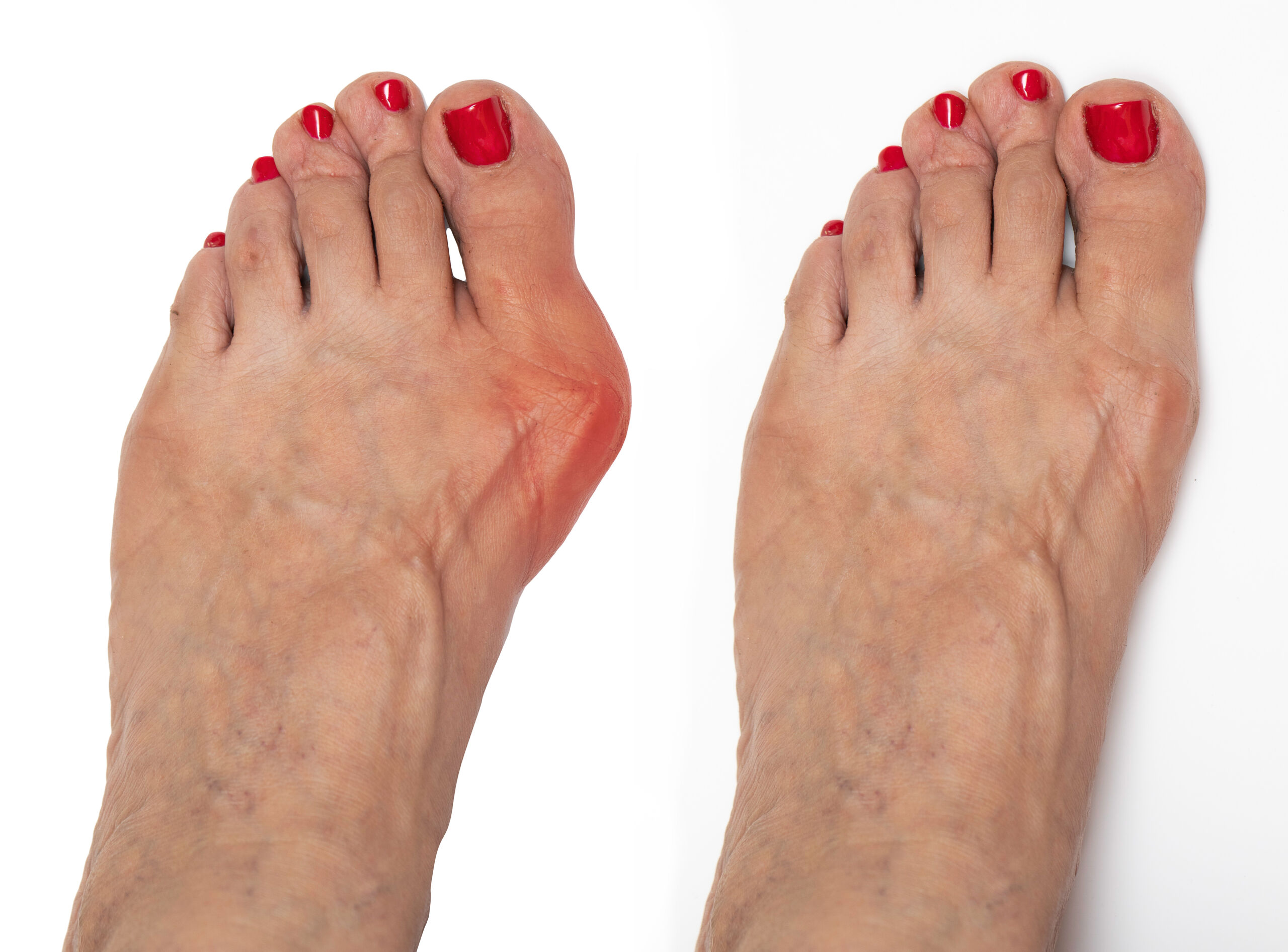
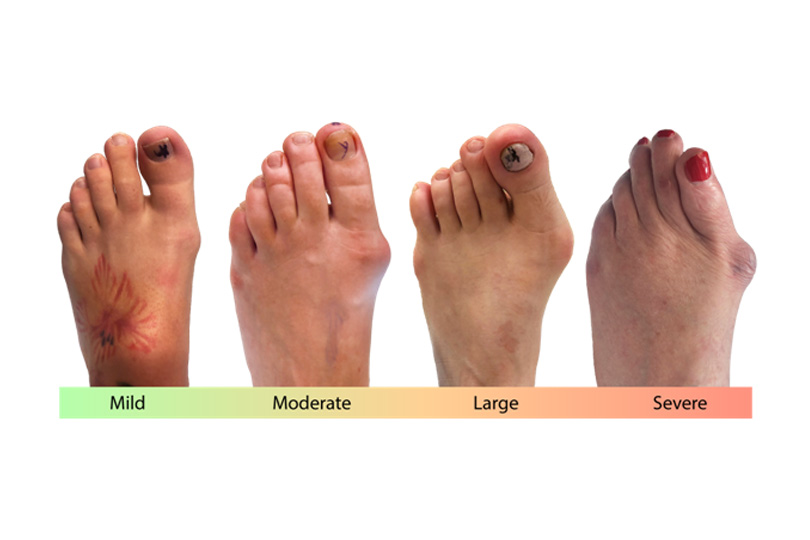
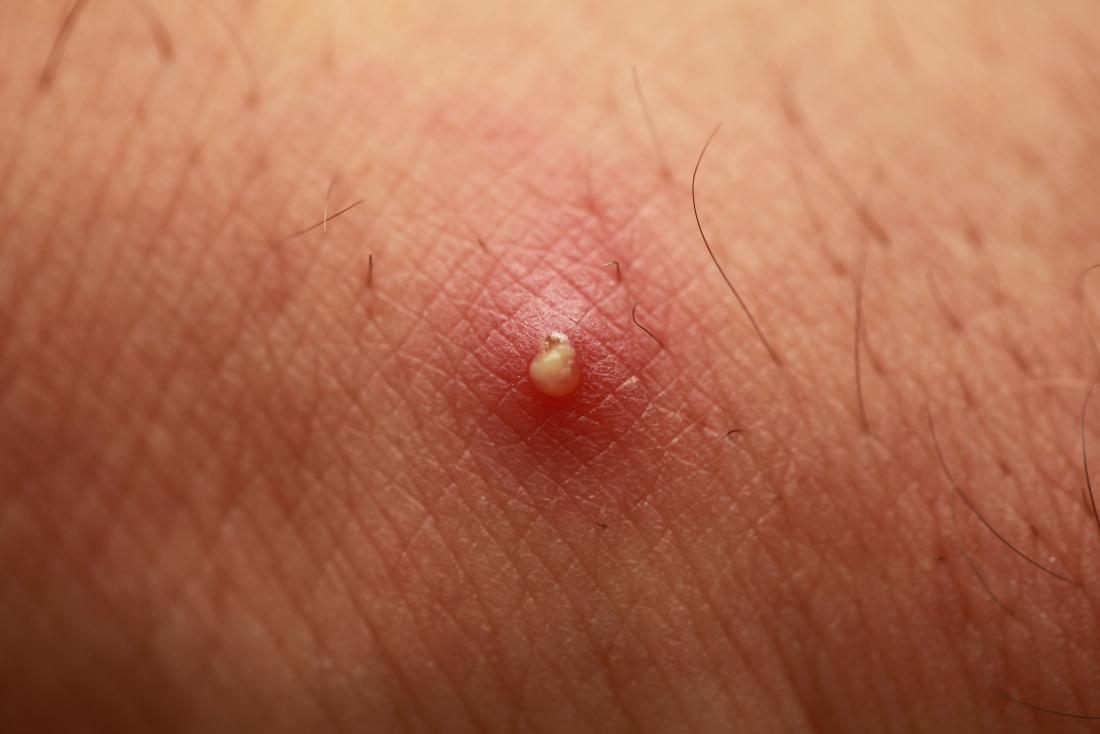


 Causes
Causes